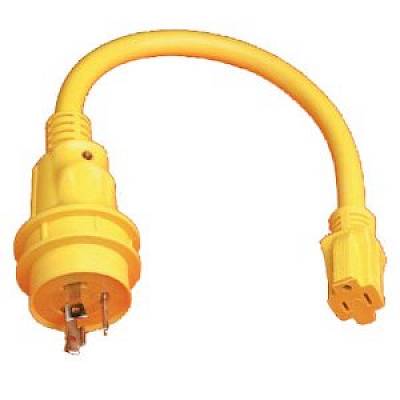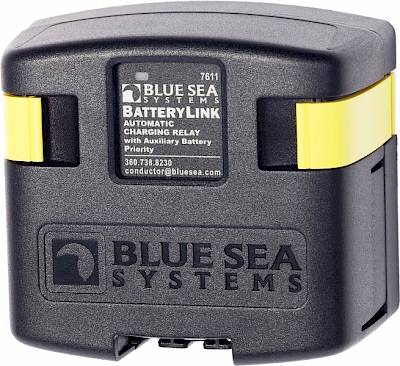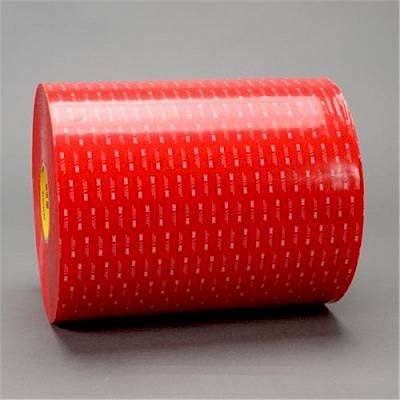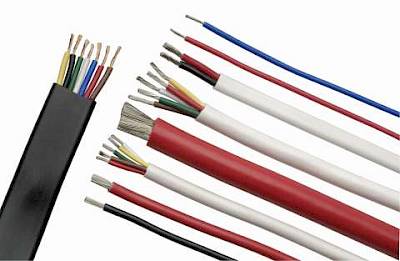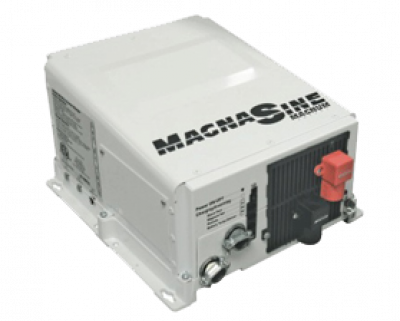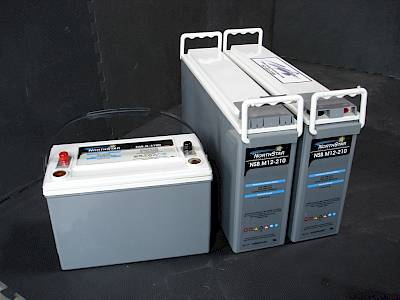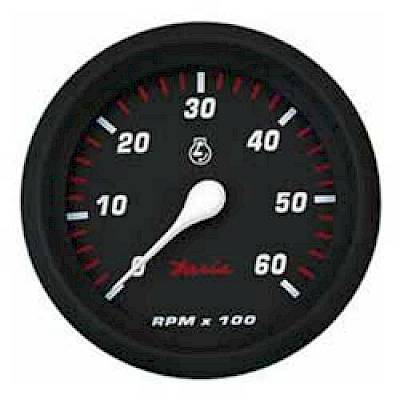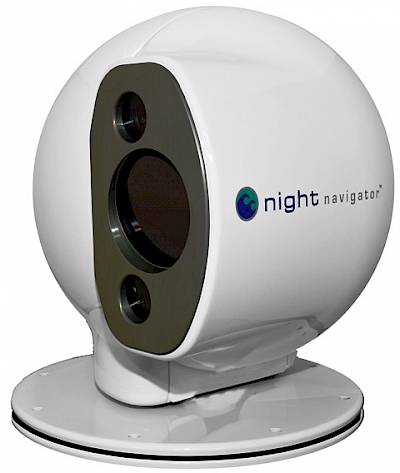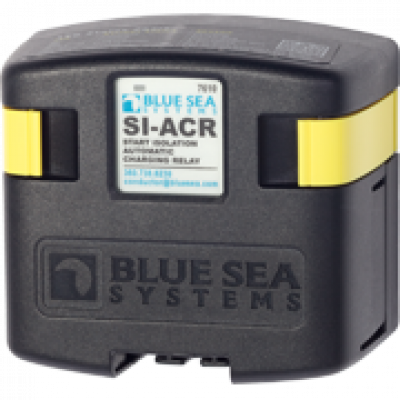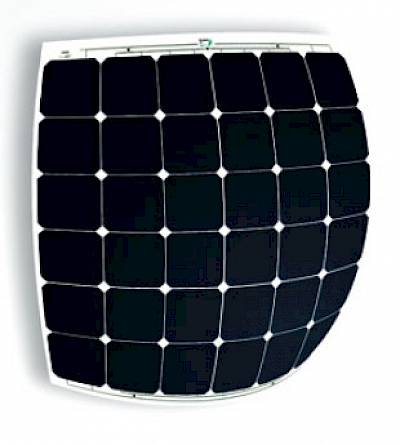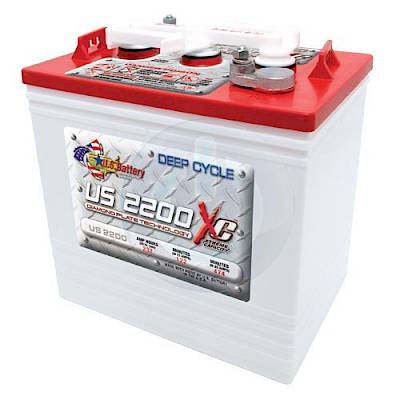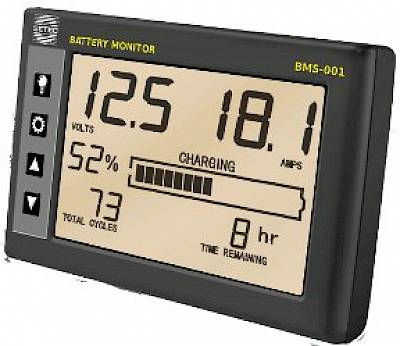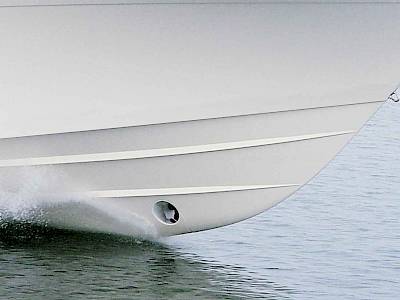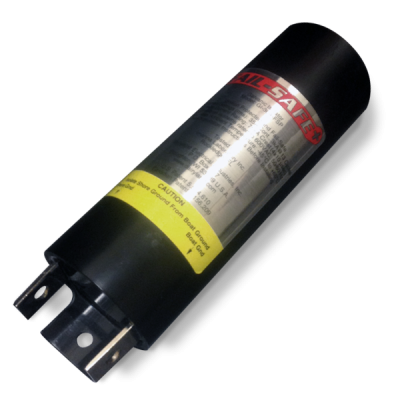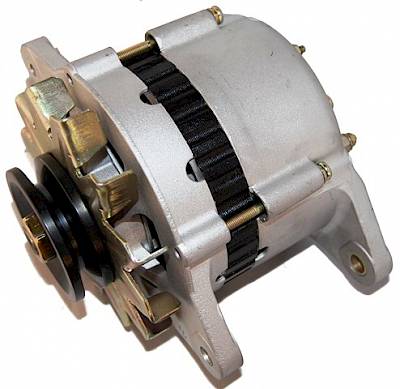
2019 Electronics Round Up
2019 Electronics Issue
Over the past few years, marine equipment manufacturers have really focused on electronic evolution, allowing boaters to upgrade the software to add new features and make the user experience better instead of starting all over with new equipment. The process of installing new software on multifunction displays has also become easier than ever before and the digital enhancements are offering never before seen options in the recreational boating market.
CHIRP sounding technology continues to evolve across all manufacturers. Referred to as pulse compression, this advanced signal processing allows for unprecedented sounder image resolution and target definition. It is like switching from analog to HD. The picture on the screen looks like an ultrasound image and reveals life-like views of vegetation, rocks, sand, fish, and even outcroppings that do not appear on traditional charts.
Another fascinating innovation is the ability to integrate AIS and video cameras into navigation systems. By overlaying each AIS target's physical location, Course over ground (COG), and other information in relation to your position and COG, chartplotters have the ability to predict potential collisions and warn the operator. Since AIS information is transmitted over VHF frequencies, it does better than line of sight, and commonly is able to receive AIS broadcasts over low mountains or islands. Unlike radar, AIS can effectively "see" around corners. This can be a huge safety benefit in inclement weather or when navigating the many islands and passes of the Pacific Northwest, and it is a great complement to your existing radar.
We have been integrating video cameras for the past few years, giving boaters immediate access to view the engine room, salon, a tender in-tow, or even aid in docking without leaving the helm. Raymarine is using a FLIR camera with thermal video analytics technology to monitor and provide alerts when objects enter the camera’s field of view. At times it looks like a video game but all of this technology is allowing boaters to go to places they may not have ventured and stay safe.
Here are a few products we found interesting this year. Enjoy!
Airmar UDST800 Ultrasonic Speed and Temperature Sensor – Gone are the days of maintaining a paddlewheel sensor. Designed for both power and sail, the speed sensor uses ultrasonic pulses to collect echoes from small particles in the water as they pass under two transducers. Both the ultrasonic speed and temperature are in one housing with no moving parts. It uses advanced filtering and sampling rates for increased accuracy, up to 10 times per second. This product is not recommended for highly aerated water, boats designed to pull air under the hull, or boats that are airborne. Note that calibrating this transducer seems to be quite tricky.
Furuno GP-1971F MultiTouch Combo – This 9” multi-touch GPS/WAAS chartplotter comes with a conventional fish finder and CHIRP capability. Simply tell the unit what transducer you are using and it will select the fishfinder to use. We like the minimalistic look of this display. Radar can be overlayed onto the chartplotter using the Furuno DRS4W 1st Watch Wireless WiFi Radar, making it very easy to attach the compact 19” radar dome. Besides WiFi connectivity to a radar the display doesn’t support network connectivity to other displays.
Garmin 9-Axis Heading Sensor - Boaters often ask us if they should install a heading sensor, even if they already have a GPS connected to the chartplotter and radar? The quick answer is yes. COG is only reliable if the boat is travelling at a good speed with little current or wind. The Garmin 9-Axis Heading Sensor is a premium solution with a heading output rate of 10Hz and accuracy of plus or minus 2 degrees. It also allows for MARPA tracking and greatly improves the radar overlay experience. The 9-axis MEMS technology installs easily with the N2K plug and play interface for Garmin chartplotters, calibration with other displays is also supported. It is built to withstand bilge environments and can be installed in any orientation located away from magnetic interference.
Garmin Compact Reactor 40 Autopilot – We have written about the Garmin Autopilots before but it is the the ideal entry-level autopilot system designed for single engine outboard boats under 10 meters. The Compact Reactor 40 allows you to configure your autopilot setup depending on the features you need and how much you want to spend. The available Shadow Drive system automatically disengages the autopilot if the helm is turned, giving you the freedom to maneuver the boat without disabling the autopilot to take control of the helm. And, this autopilot actually reacts to the sea to hold your course, even when the boat is pitching and rolling.
Garmin GPSMAP 8417 17" Touchscreen – Last July we wrote a Tech Talk article about a helm makeover using the 22” version of this multifunction display and our client could not be happier with the product. This premium 17” full HD display has a pinch-to-zoom touchscreen that has the ability to configure one-touch setting access for docking, cruising, fishing or anchoring. The flush-mount profile or flat mount creates a sleek glass helm look. The GPSMAP 8417 supports radar, autopilot, instruments, multiple screens, FUSION-Link™ entertainment system, sensors, remote sonar modules, digital switching, weather, thermal cameras, GRID™ remote device and more. It’s also FLIR camera compatible and provides SiriusXM support.
KVH TracPhone LTE-1 - Powered by LTE-Advanced (LTE-A) network technology as opposed to satellites, the TracPhone LTE-1 is an ultra-compact, marine-grade system that is faster than 4G LTE and includes a high-gain, dual antenna array, modem, GPS, and WiFi router into one dome. This allows you to stream video and music, call, text, chat, and FaceTime® with WiFi calling, browse the web, check email or video conference. It uses a high-gain, dual LTE-A antenna array for higher speeds with service available up to 2x farther offshore than your cell phone. Monthly charges from KVH apply and are based on data usage.
Lowrance LIVE – Lowrance has taken the best features of last year’s HDS model and put live data at the forefront of this new display. Live sonar images under your boat (requires the LiveSight transducer due out in the Fall of 2019), live mapping through C-MAP Genesis LIVE, and live messages and notifications from your phone on your display. It is like looking at an underwater camera. The screen offers side by side image display with simultaneous viewing of StructureScan 3D, SideScan and DownScan. You can also monitor and compare two CHIRP frequencies simultaneously on the side-by-side split screen. This multifunction display is designed with fishing pros in mind.
Raymarine Quantum 2 Chirp Radar by FLIR - This is the next generation of marine radar featuring CHIRP pulse compression technology providing superior radar imaging on both long and short ranges. Quantum 2 is designed to detect the radar echo frequency shift returned by moving versus stationary targets. Quantum 2 then colour codes moving targets to identify if they are coming nearer or farther away from your vessel. The unit weighs less than half of traditional magnetron radars and has very low power consumption. The integrated WiFi and thin power cabling simplifies installation.
Simrad Halo24 Radar - Simrad has combined traditional pulse and 4G broadband radar to create a great solution for both close and long range detection. It uses advanced signal processing to provide custom, harbour, offshore, weather and BIRD modes. An extremely fast refresh rate provides great tracking of targets. Halo24 Radar is designed for dual range performance and allows both short and long range detection. This unit also offers color-coding of targets approaching your vessel versus targets going away from your vessel for ease of use in collision avoidance. The Halo is compatible with the Simrad multifunction displays.
Standard Horizon HX40 Handheld VHF – Boaters are more likely to take a handheld VHF with them if they are compact and easy to operate. The HX40 has a new internal, large capacity lithium ion battery that gives the radio a smaller case design, about the size of a deck of cards. It has a built-in FM radio receiver allowing you to tune in to your favourite FM station. It also comes with an unprecedented 3-year waterproof warranty.
Here’s hoping we have an early Spring and can get out on the water to try out all the new toys!
About the author: Jeff Cote is the owner of Pacific Yacht Systems, a full service shop delivering marine electrical and navigation solutions for recreational boats. Visit their website and blog for info and articles on marine electrical systems, projects and more: www.pysystems.ca.
Related Content





